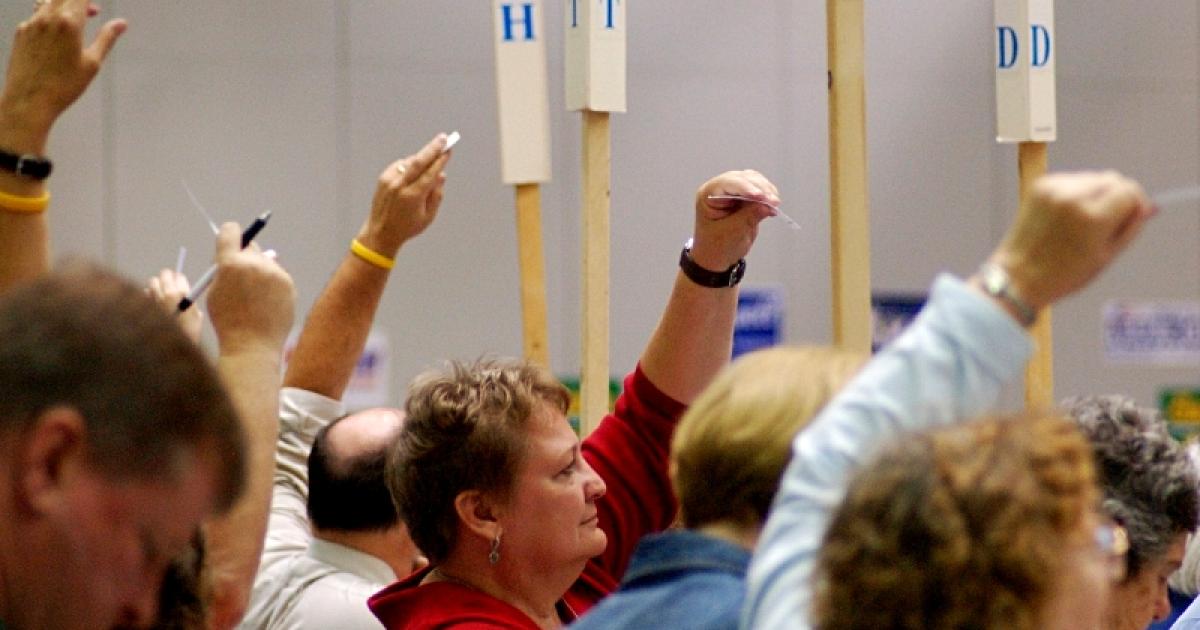They include Pliny the Younger, who spoke of plurality voting in the year 105; today it is used in the Danish Parliament or Folketing (albeit only on three options), and it’s not unlike the voting system used in Austria’s PoL.is events.
And also Nicholas of Cusa, who in 1433 suggested a preferential points system of voting; later named the Borda Count BC, this was used in the first participatory budgeting decisions in Porto Alegre.
And then Jean-Charles de Borda, who in 1770 developed what is now called the Modified Borda Count MBC, although some still call this procedure a “preferendum”. The word preferendum originated in a workshop on Northern Ireland which this reviewer ran at a meeting of the European Greens in Dover in 1984.
Binary
It works like this: in a five-option ballot, he who votes for only one option gets this option 1 point; she who votes for two gets 2 points for her favourite and 1 point for her 2nd choice; and so on; so those who cast all five preferences get 5 points for their favourite, 4 for their 2nd choice, etc.. The winning option is the one with the most points.
So if I want my option to win, I’ll need my supporters to give me their first preferences… in full ballots! I might also need some second and/or third, with few if any fourth or fifth preferences.
Accordingly, it is here suggested that the MBC would remedy “our political discourse [which] is polarised, with different factions shouting at one another,” but the author makes no mention, neither of the MBC nor of the Condorcet rule, another preferential procedure which could facilitate a constructive ‘polylogue’.
He’s not alone; most parliaments use majority voting; so too do some CAs. Indeed, it was prescribed by the Dáil (Irish Parliament) in its terms of reference for the 2016 CA. But abortion, of course, is not binary.
Furthermore, in modern pluralist societies, no controversy should be binary… and nor would it be binary, if the question were put correctly. To take an extreme example, the closed dichotomy, “Capital punishment, yes-or-no?” could be replaced by the more open question, “How should society deal with the convicted murderer?” Even the supposedly binary question – ‘Which side of the road shall we drive on?’ – was ‘resolved’ with, not two but three options, in Sweden’s 1955 referendum: ‘left’, ‘right’ and ‘blank’.
Premium
Yet the Dáil stipulated majority voting. So Ireland’s CA broke its terms of reference without saying so and used a multi-option procedure.
As befits any holistic discussion of CAs, the author often refers to this and other assemblies, not necessarily associated with ecological matters.
One such was the British Columbia CA on electoral reform… but, in the name of public participation, that CA was instigated by persons who wanted (the public to want) PR-STV, only, so there was little or no debate let alone a (preference) vote on other systems.
Thus anyone (like this reviewer) who advocated a more consensual voting system was not welcomed, and hence his proposal for the Quota Borda System QBS was ignored.
The author goes on to say that, “electoral logic places a premium on political competition and party differentiation”. Again, this is too simplistic.
Celebration
The UK’s and USA’s first-past-the-post does this, but the Swiss PR-open-list system, or Ireland’s PR-STV is far more accurate and hence the Northern Ireland electoral success of the Alliance and Green Parties.
In brief, while FPTP forces voters onto ‘one side or the other’, PR-STV allows them to cross the party divide, and the above mentioned QBS, which is based on the MBC, actually encourages them to do so.
He also refers to consensus conferences, but makes no mention of the peace initiative held in 1986 in Belfast on The Troubles – the New Ireland Group’s Peoples’ Convention. Obviously, for an audience of over 200, with almost everything from Sinn Féin to the UDA (Ulster Defence Association), any use of majority voting would have been at least unhelpful… but by using (without knowing at the time that it was) a prototype of an MBC, a consensus was found.
Pluralism is indeed possible. Doubtless both the author and this reviewer look forward to the day when CAs everywhere are more effective. Indeed, as is now possible with accurate democratic sortition, a fair number of participants (which will vary from small to large jurisdictions, and may sometimes need to be over 100), and a CA decision which surpasses a minimum threshold of consensus – (in preferential voting, a ‘consensus coefficient’ is an option’s points total divided by the theoretical maximum) – the said decision could be regarded as binding.
In this way, CAs could be more closely intertwined into a country’s polity, so to render the author’s ‘opposites’ – decision-making either in the elected chamber or in a sortitioned CA with perhaps a referendum – to be two or three complementary methodologies: preferential decision-making could be conducted, either in parliaments, and/or in CAs, and/or in multi-option referendums. Such a holistic polity might give the author even more cause for celebration.
This Author
Dr Peter Emerson is the director of the de Borda Institute.
